The Article
PM PLATTER MAT FROM SOUNDECK
5th November 2021
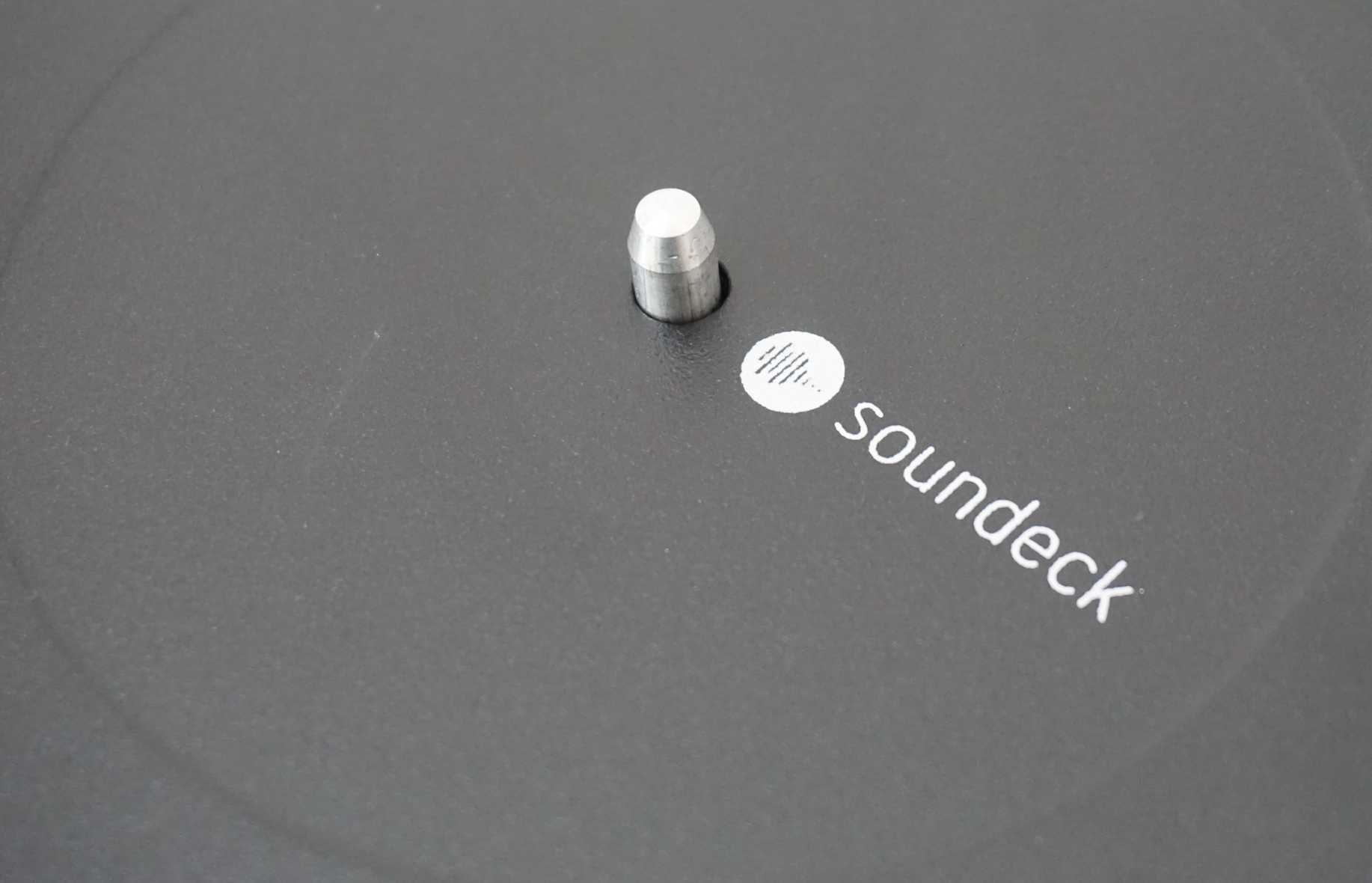
Looking to upgrade your turntables’s platter mat to enhance its sound quality? Paul Rigby might have the answer with Soundeck’s PM platter mat
Platter mats are often the last thing you might consider as a hi-fi user. Often, the mat included on your turntable is basic indeed. Platter mats generally tend to be at the very bottom of a manufacturer’s build budget and unfairly so. It’s the least important thing on the list. It’s there almost as an after thought, especially when a company is trying to hit a particular retail price point. The last thing a turntable manufacturer wants is the price of a platter mat adding significantly to the bottom line.
So if you want a better platter mat, it’s normally your job to sort that out. But why would you even want to? What’s the point of spending money on an upgrade in the first place?
WHY BUY?
Because your turntable’s platter and the record itself is full of noise and vibration. It’s put in there by the motion of the turntable and the movement and motion of your turntable and that little piece of diamond careering and banging around the groove of your record.
So look, vibration is not necessarily a bad thing. It’s fine and useful if treated properly. That is, if you encourage the vibration to peter and drain out to zero, then vibration is OK. Vibration is also useful, to an extent, because it holds the spacious, reverb-like bits of music.
Hence, some vibration is good. Too much is bad though because it turns into high-frequency noise.
Like every other part of a turntable, it’s a balancing act. Get that balance right and you’re onto a winner. Get it wrong and the turntable will either sound dull or bright. It’s a bit like damping your room. You want to damp it just enough to remove damaging echoes and harmful bouncing frequencies, dead spaces and the like but too much kills the sound stone dead and the music sounds like its performing in a padded cell.
A platter mat is just another tool in the hi-fi armoury. It’s another part of the engineering team that we call a turntable.
SDS
There are a host of platter mats currently being sold on the market, made from different materials and sold at different prices. Most of them will affect the sound in different ways because of the nature of their construction or because of the material they’re made from. I’ll be looking at a few of those in this review.
The mat I have to review here comes from a UK outfit called Soundeck which is part of a larger company called Sound Damped Steel or SDS.
SDS is run, from Newcastle in the UK, by a gentleman named Les Thompson – a hi-fi enthusiast, I have to add. His company’s role in life is to reduce noise for companies involved in heavy industry. And that’s the core customer for the company as a whole, heavy industry. HiFi is but a wing of the main business here but it’s an effective business, nevertheless.
As you can tell by the name, it uses damped steel and other damped materials to reduce noise in a host of associated heavy industries. That means producing acoustic enclosures, dampers, absorbent panels and many other products. Customers range from power stations to underground railways and even gas pipes. Didn’t know that gas pipes could be noisy? Indeed. In fact, according to Thompson, the “scream” at you.
So SDS would quieten that lot down. Especially if the pipes sat anywhere near public housing, for example. As such, SDS has its own manufacturing facilities in the UK alongside a network of support companies to help it do its job, which also based in the UK.
THE PLATTER MAT
The HiFi wing of the company is known as Soundeck and it sells a host of accessories including isolation feet, stabilisers, set up tools and more.
The Soundeck PM Platter Mat is – as you might expect – a rigidly stiff disc that sits at 4mm thick so you may need to adjust the height of your tonearm in use but that depends on your current set up and the thickness of your last mat, of course.
The basic make-up of the disc is a layer of non-magnetic aluminium (you don’t want a magnetic material interfering with the magnets in your turntable’s cartridge) then there’s 65 microns of polymer damping material. Then another, final layer of aluminium which produces a constrained layer damping effect.
To use steel (which normally contains elements of iron) would be risking magnetism, to use stainless steel (or rather variants without iron in it) would prevent the magnetism but would add further unnecessary weight. Here, aluminium is the preferred choice.
In use, the powder coating covering the disc proved to be sufficiently smooth not to overly concern me in terms of potential damage but provided enough grip to prevent the record slipping during play. I didn’t feel the need to add any additional protective layers between the vinyl and the mat. That was a good thing, doing so may have changed the sound signature, which would have defeated the object of the platter mat in the first place.
So how does it sound?
SOUND QUALITY
To begin the tests I grabbed a copy of Bruce Hornsby and the Range’s The Way It Is (RCA) and played the title track which is, of course, dominated by that large, resonant piano but there’s percussion there, synth lines, electric guitar and more, apart from the notable vocal of course.
vs FELT
I started by testing a basic felt mat which ou can buy for around £12, a remarkably able addition to any turntable platter, if cash is tight. A better option than the traditional, cheap and cheerful rubber mat you see on low-cost turntables, I must add. A felt mat tends to produce quite an open and freeform sound.
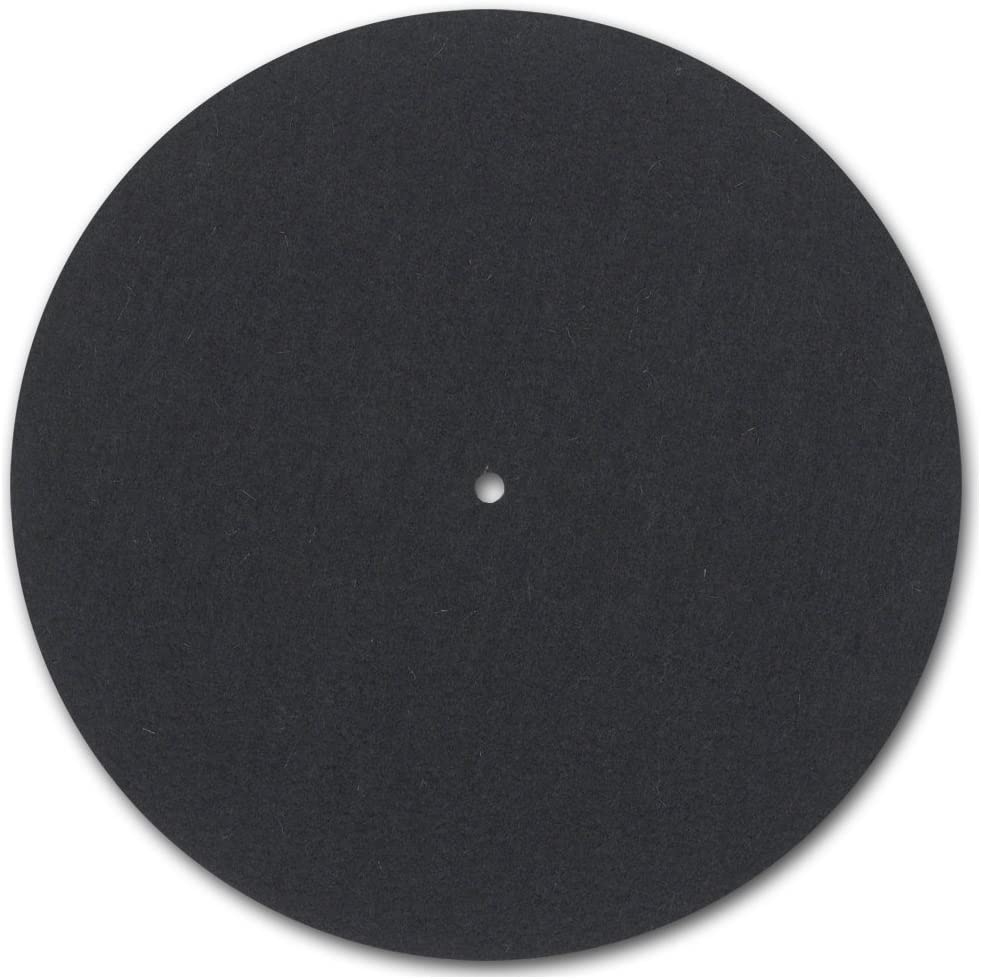
Compared to the Soundeck mat, the felt mat sounded like releasing a classroom of five year olds onto a grass field with a ball. You’ll get a sense of freedom and joy but you’ll also get complete chaos.
What the Soundeck brings to the soundstage, in comparison is a real sense of control. This is important to instruments like the piano which are a mess of frequencies at the best of times. This resonant box is all over the place as a default. The Soundeck gave more form to the piano, more structure. A greater sense of discipline.
There was a slight accentuation around the upper mids and treble which did hone the details in that region. The piano had a clean and crisp sound while bass displayed extra focus and precision.
vs LEATHER
Changing to my reference leather platter mat, price around £20, I found the latter damped the sound, possibly too much, adding a warming effect to the midrange that was pleasant but took the precision off the details. The Soundeck sounded faster paced, more exacting in its presentation and more accurate in terms of the piano and guitar.
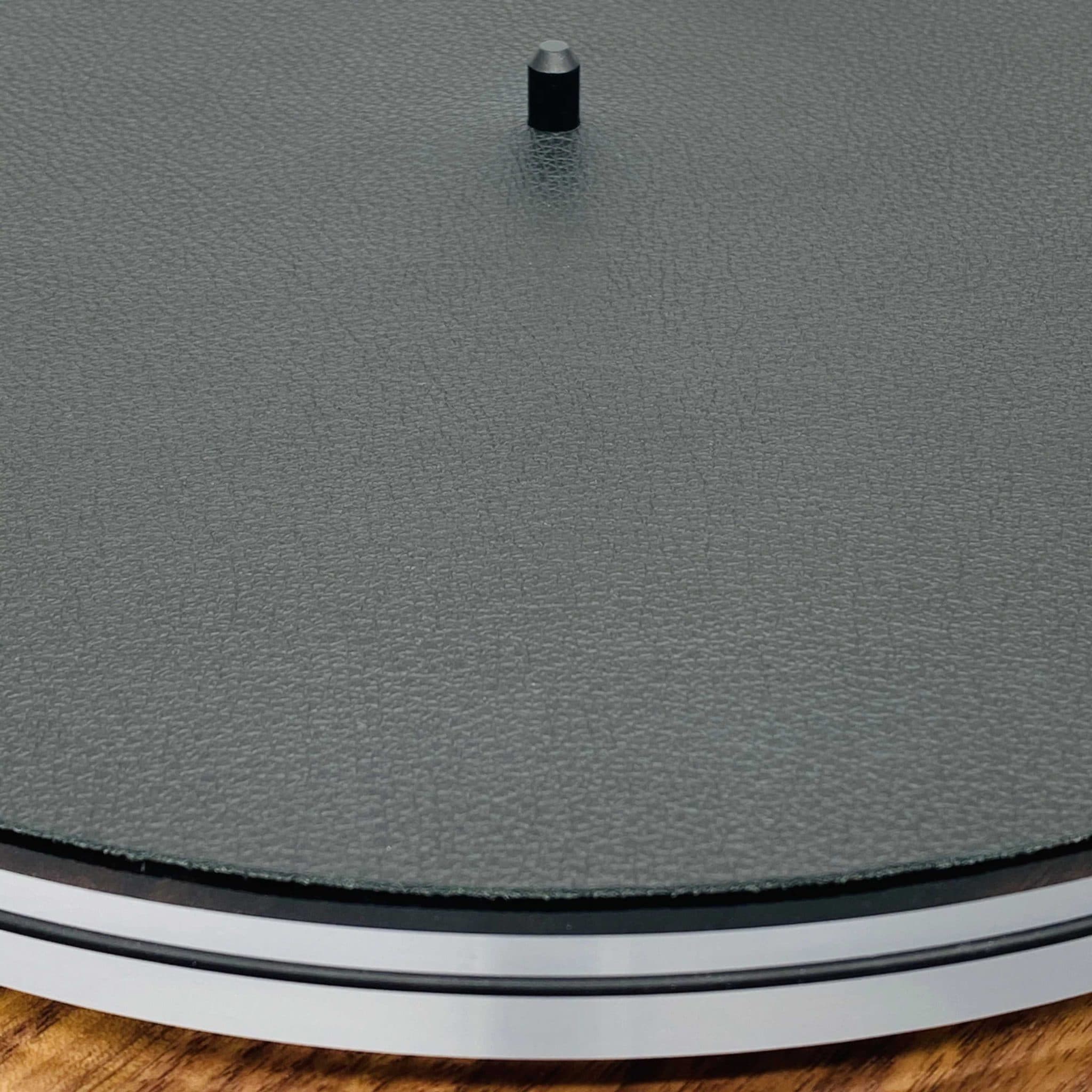
Percussion was cuddly and approachable on the leather mat but lacked a sense of impact. It no longer provided a certain punctuation to the song, instead it sort of strolled alongside.
vs CORK
I then moved to my cork mat, price around £15-£20 depending on which one you go for, which proved to be wonderfully neutral and balanced during play. The music behaved itself, there was no sense of barking mids or blooming bass here. On that level, the cork mat matched the Soundeck blow for blow. The only issue I had with the cork mat when compared to the SDS mat was that the cork mat went so far in terms of extracting detail and opening up the soundstage. When the cork mat delivered information and then stopped delivering, at that point the Soundeck kept going an delivered some more.
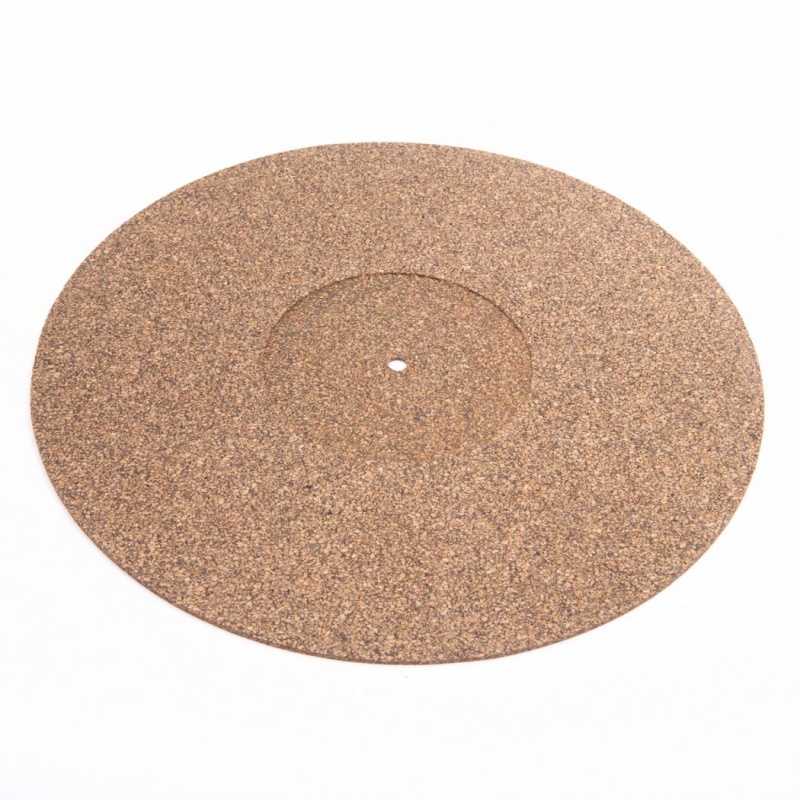
Where the bass from the cork mat produced a sense of focus, the Soundeck continued the trend adding a more organic structure. When the cork mat infused the soundstage with space, the Soundeck PM Platter mat added more air into the same area. Of course, for the relative prices of both mats, it’s a result I thoroughly expected and was not surprised to hear. Nevertheless, the cork mat couldn’t match the Soundeck mat’s overall performance.
vs ORIGIN LIVE
I then tried the Origin Live mat which is priced at £43 and offers a far more severe test to the Soundeck than the other, relatively low cost designs tests thus far. Again, for the price, so it should, of course.
The Origin Live builds upon the basic friendly sound of the cork mat but extends the frequency exploration, adding more detail, more information, a greater sense of frequency balance and a rich flavour to the music that gives it an expensive feeling. The Origin Live has a mature feel. The Soundeck was up against it here. Frankly, if you enjoy a laid back, at ease sense of music making then the Origin Live is the mat to go for. If you want more precision, more focus and a greater sense of position in your music then the Soundeck wins out. Again, of course, you’re paying around £30 more so you would expect something extra from the Soundeck mat.
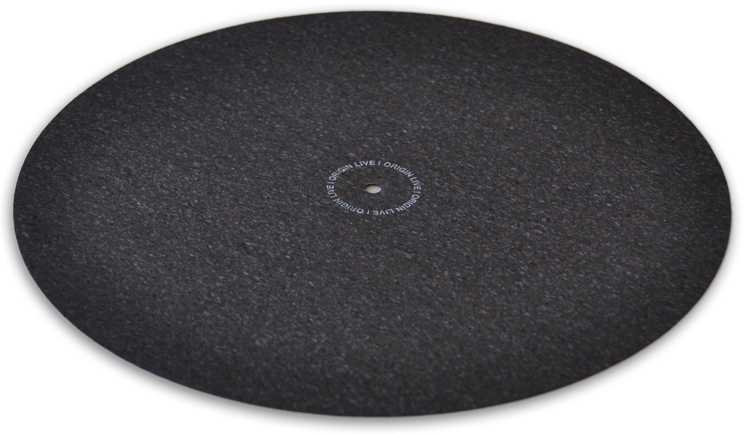
Some users might see the Soundeck as offering a tad too much focus perhaps, slightly etched in the upper mids maybe? But there’s really nothing untoward, nothing of any great note to be concerned about, methinks. That’s more to do with personal preference.
What the PM Platter Mat does offer to the ear is a greater tonal realism. That piano really does sound like a wooden box stuffed with metal. When the hammers strike the metal strings there is a real metal ring that is both sprightly and reactive. The SDS manages to track the instantaneous, sharp aspect of the hammer strikes on the piano strings while maintaining an open reverb tail after the strike has occurred.
vs HEXMAT YELLOW BIRD
As for my final test, the Hexmat Yellow Bird? Well, that was a bridge too far for the Soundeck. Again, the price followed the performance here. That is, £115 Hexmat is more expensive but the sound tests follow that pattern. The Soundeck couldn’t cope with the Hexmat’s extended dynamic reach.
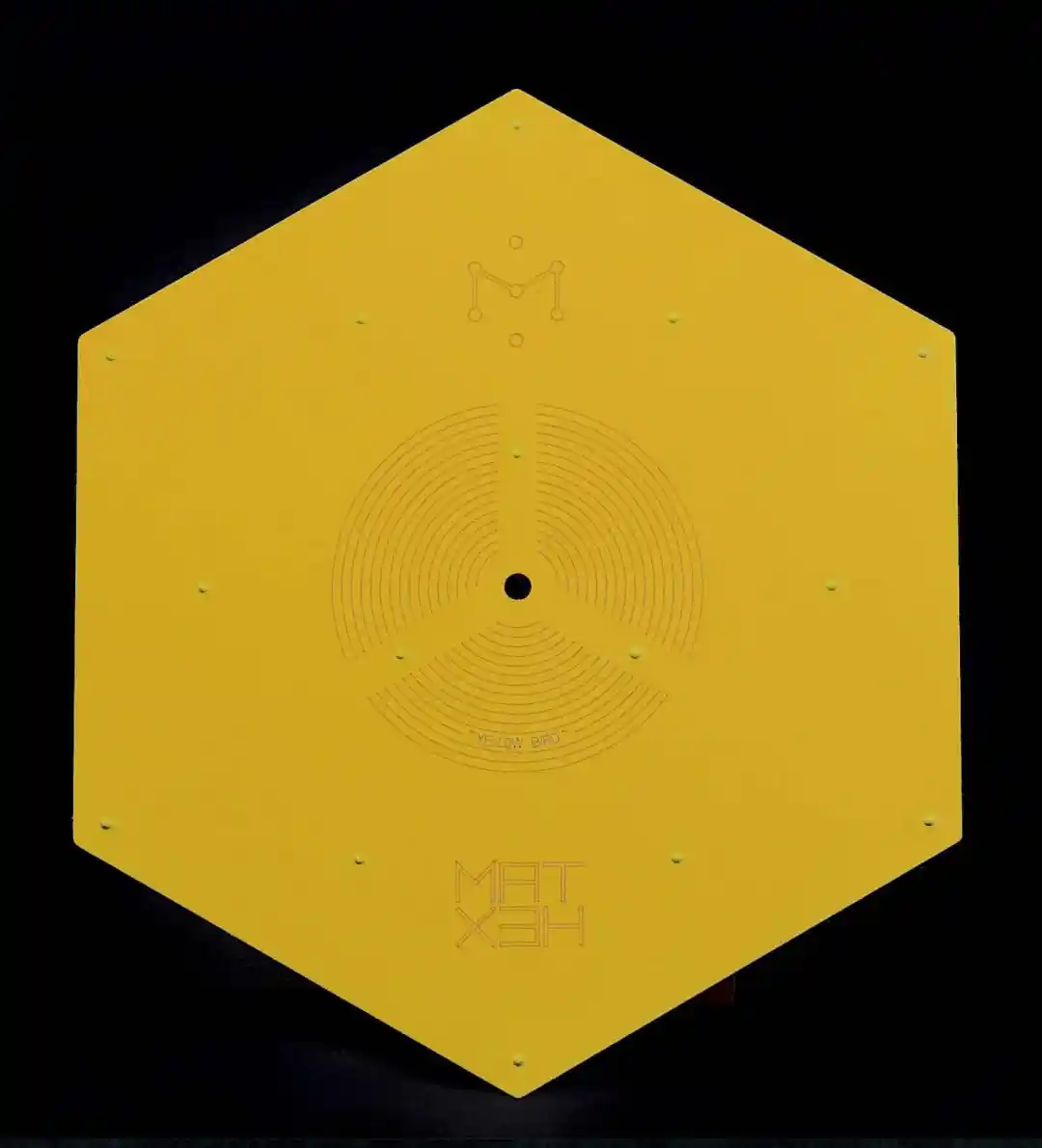
The piano on the Hexmat sounded larger, the sound from it was more complex, vocals had a fuller timbre synths had greater depths and so on.
CONCLUSION
In terms of its overall performance, the Soundeck PM platter mat finds a natural place to follow its price point here, when you compare it to the competition. That is, it performs to its price point.
It doesn’t quite reach the performance levels of the Hexmat but there are clear benefits from the Soundeck PM platter mat when compared to lower cost mats.
As such the Soundeck PM platter mat produces a fast-paced, lively, nimble and accurate performance that will enhance the performance of any turntable. Highly recommended.
SOUNDECK PM PLATTER MAT
Price: £75
Website: soundeck.bigcartel.com
GOOD: built quality, bass focus, open soundstage, midrange accuracy
BAD: nothing
RATING: 8
[Don’t forget to check out my Patreon Page at www.patreon.com/audiophileman, for exclusive editorial!]
REFERENCE
Origin Live Sovereign turntable
Origin Live Enterprise 12″ arm
Van Den Hul Crimson XGW Stradivarius Cartridge
Icon PS3 phono amplifier
Aesthetix Calypso pre-amp
Icon Audio MB845 Mk.II Monoblock Amplifiers
Quad ESL-57 Speakers with One Thing mod
Blue Horizon Professional Rack System
Harmonic Resolution Systems Noise Reduction Components

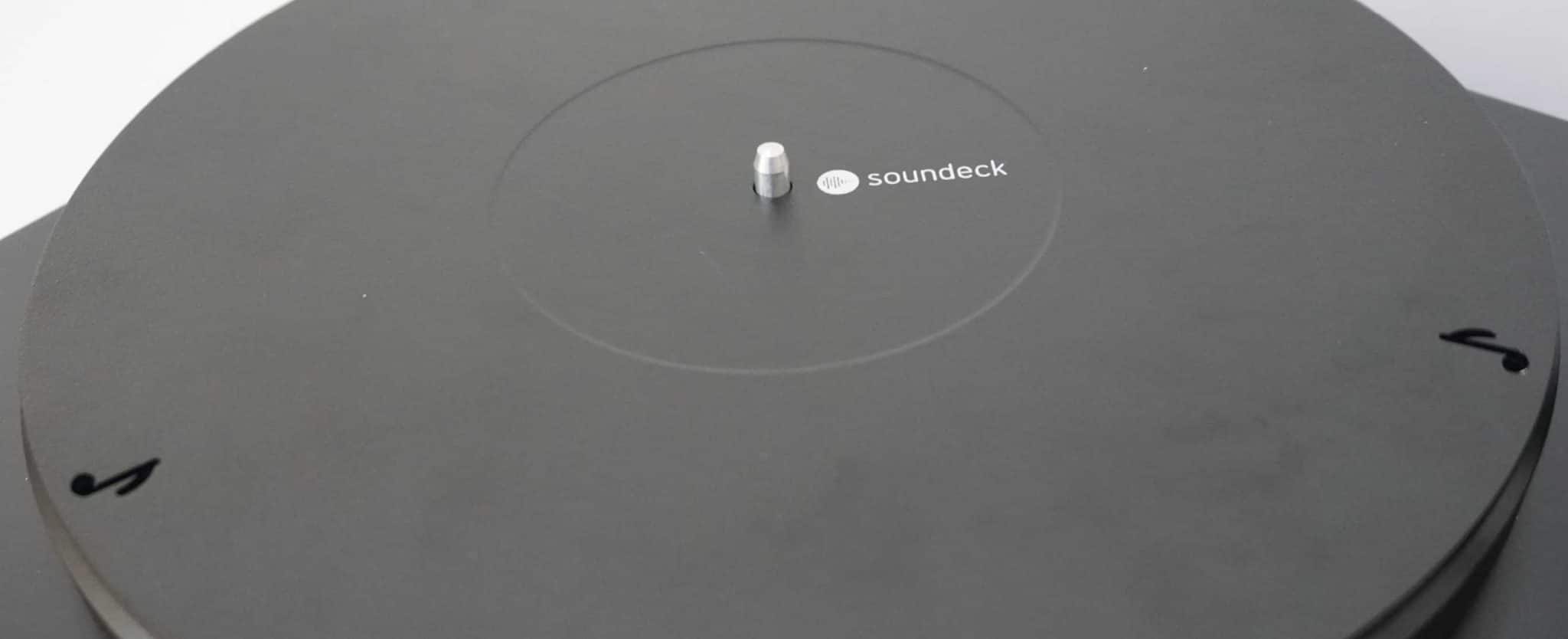
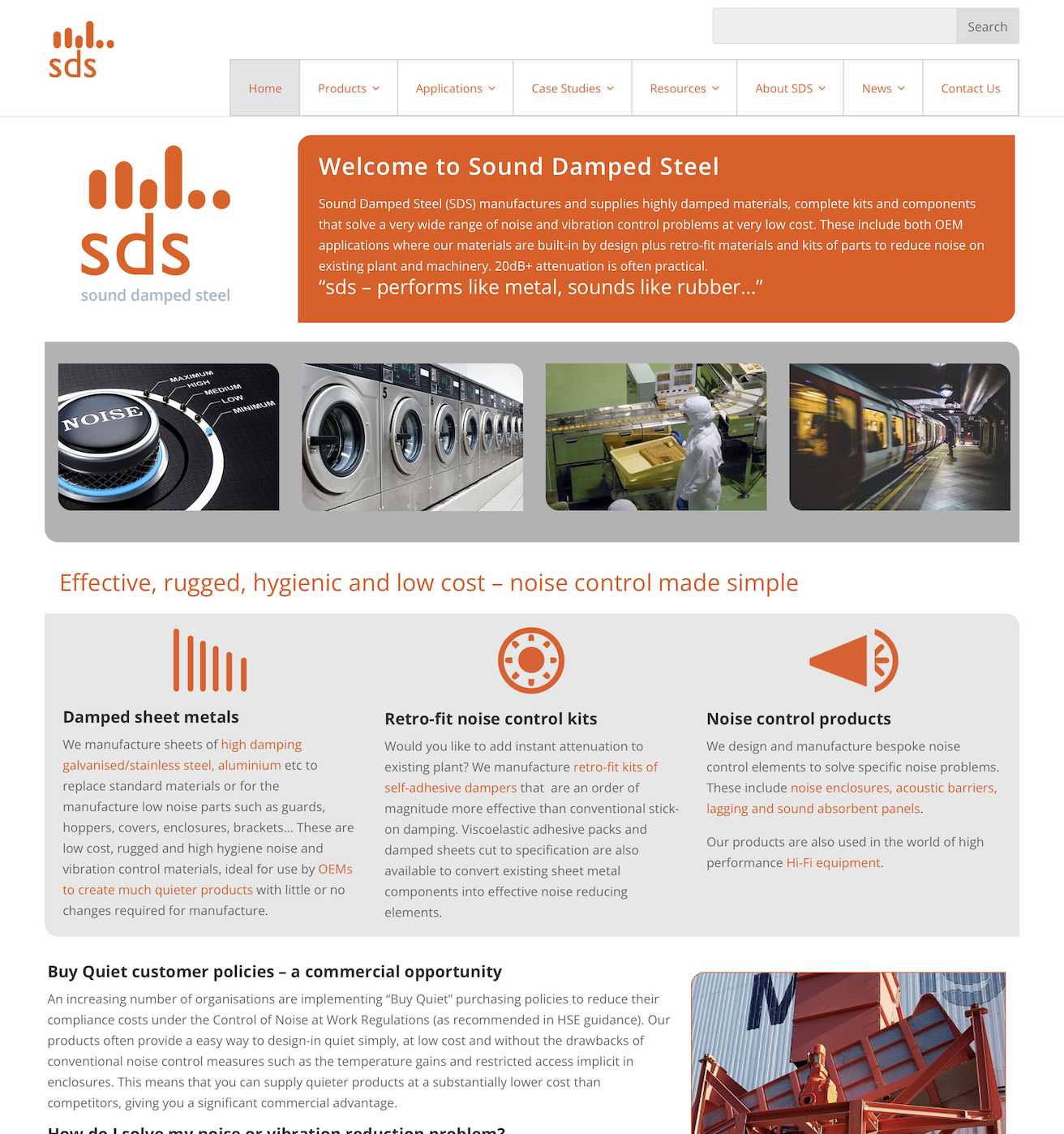
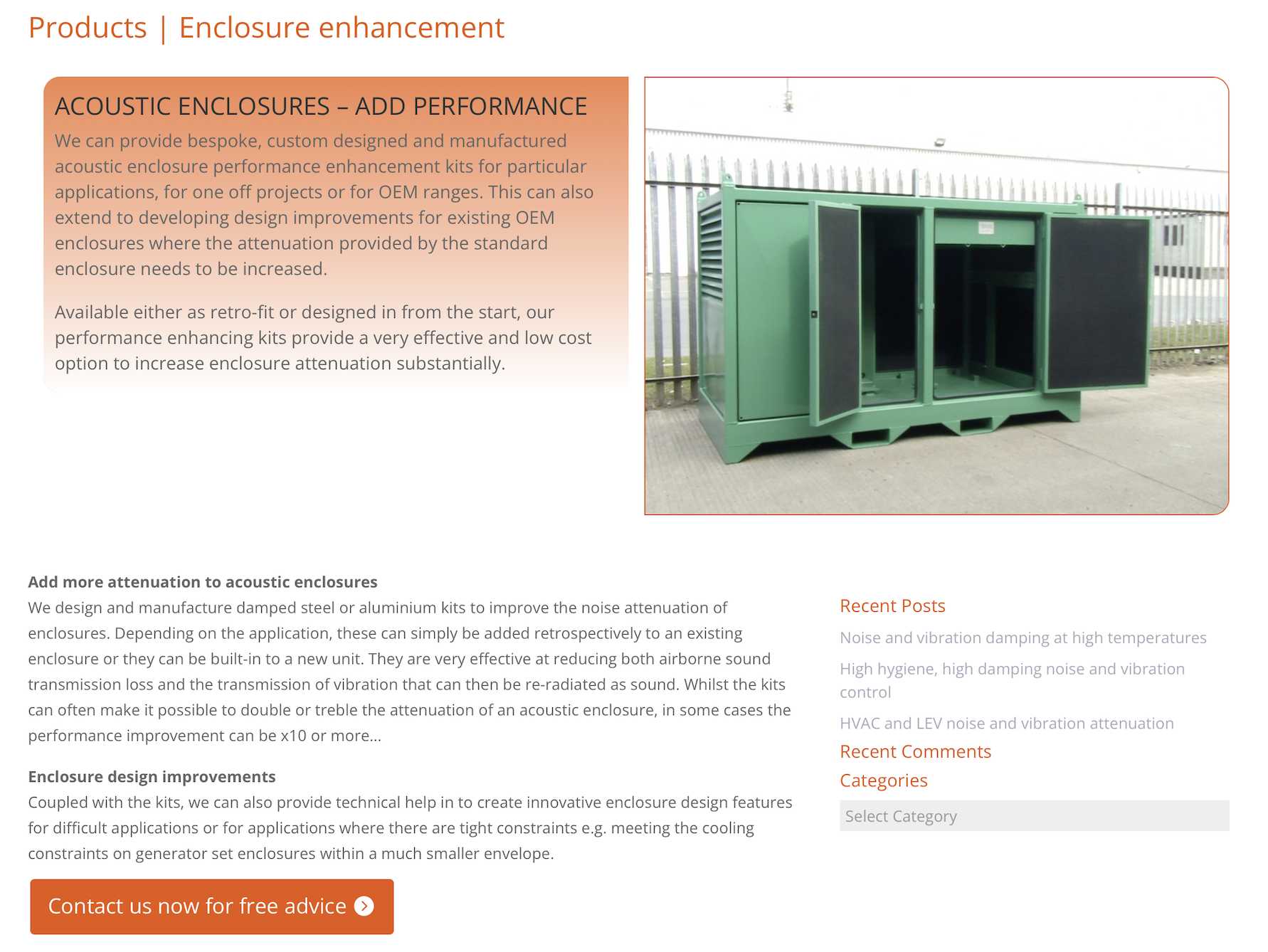
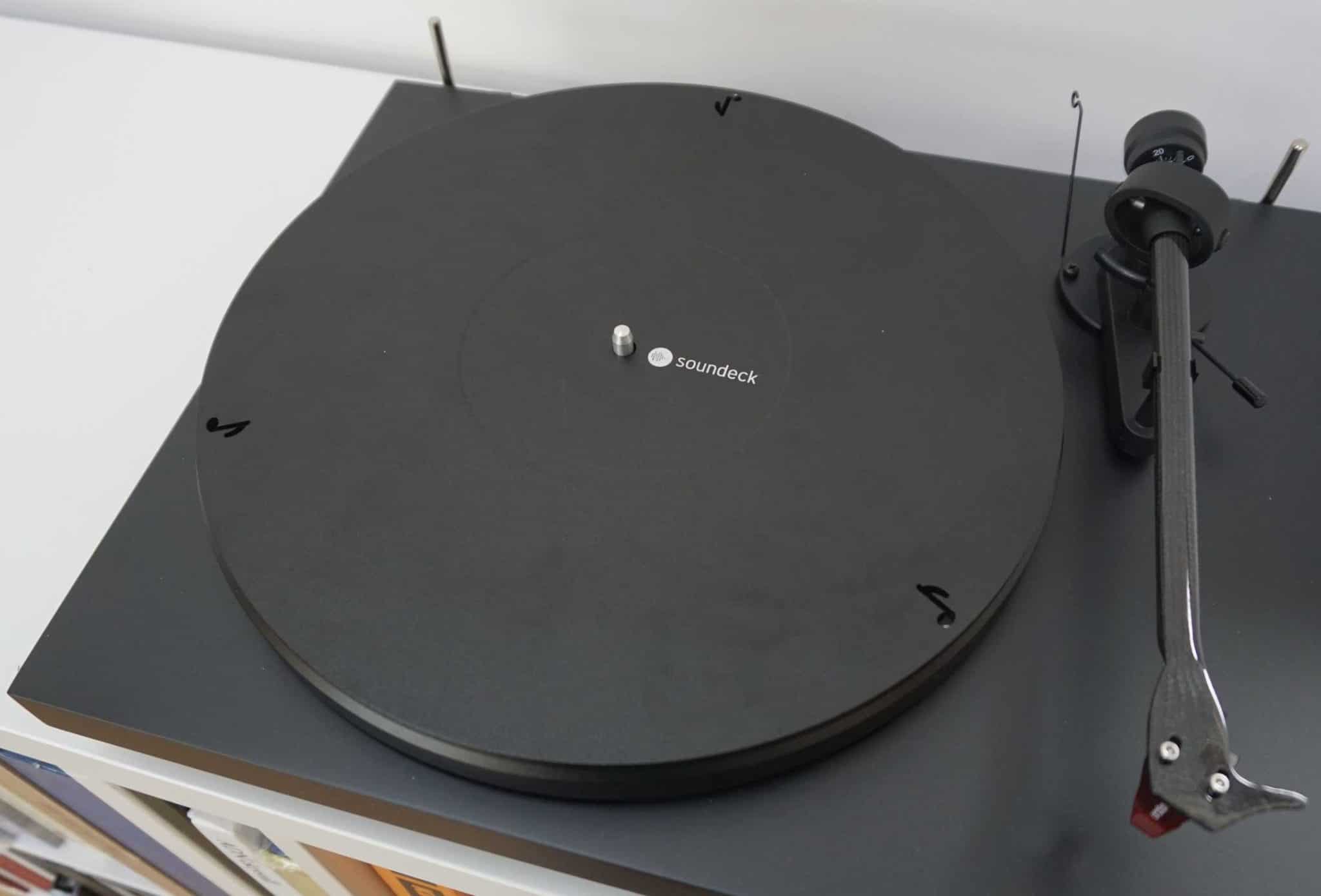
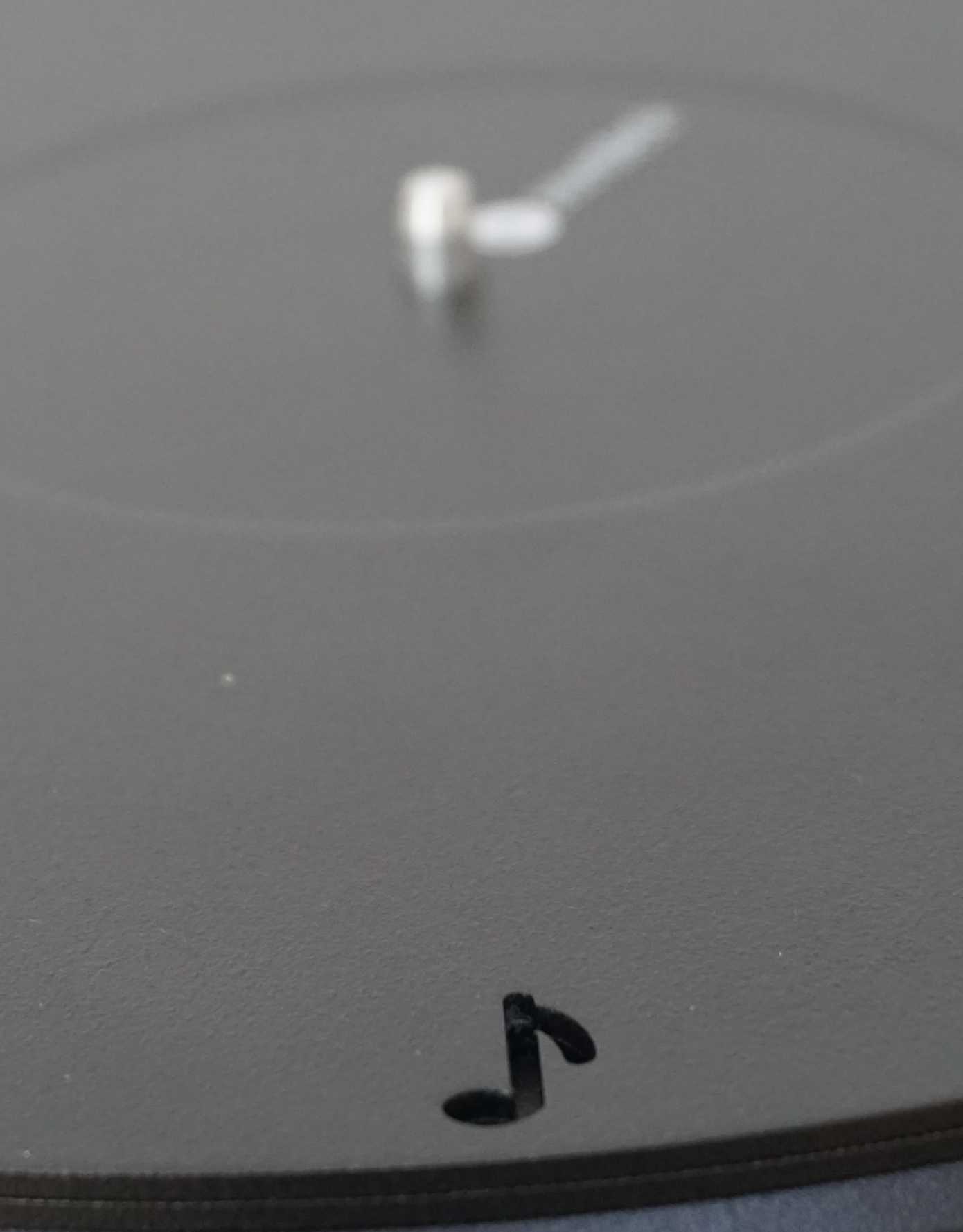
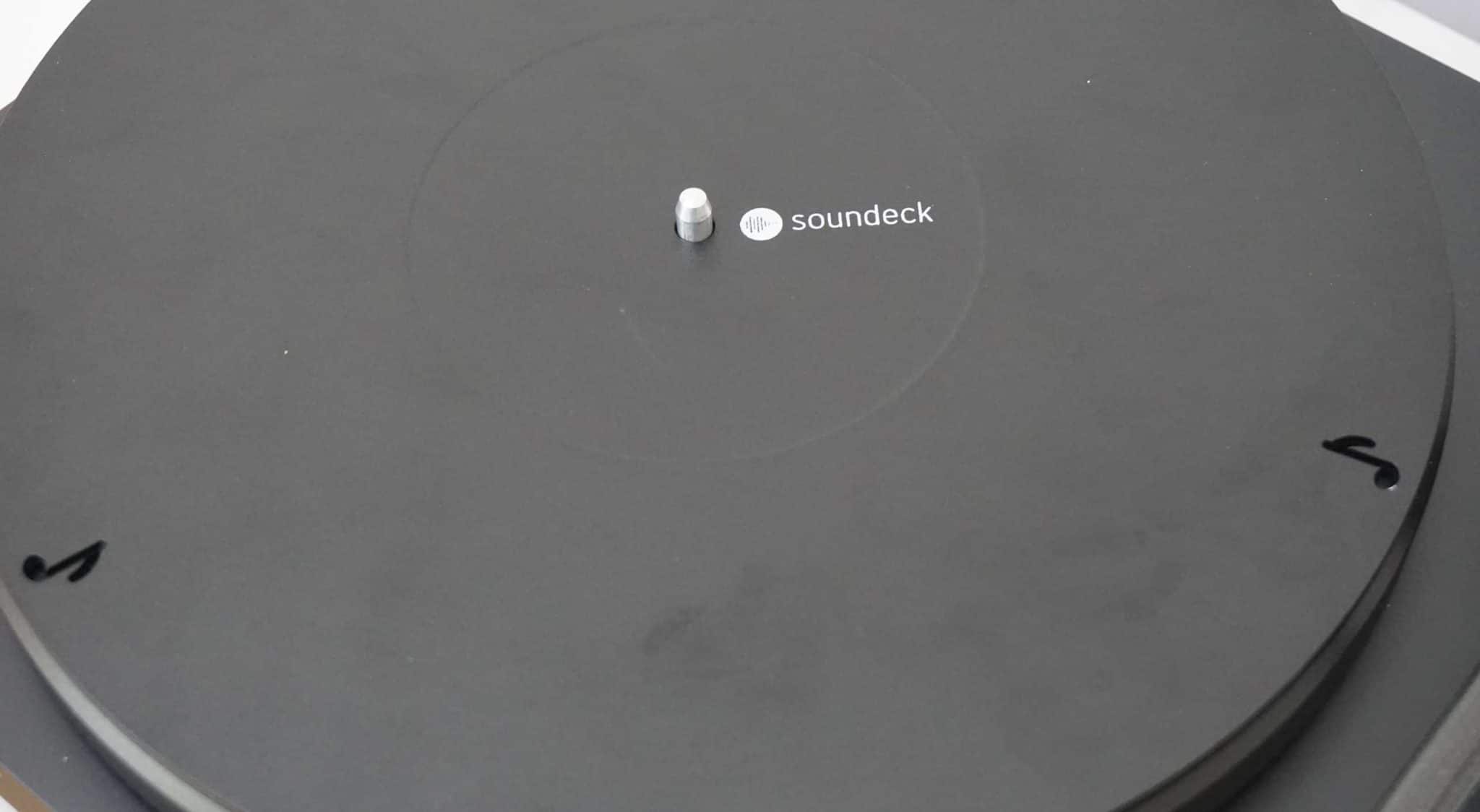

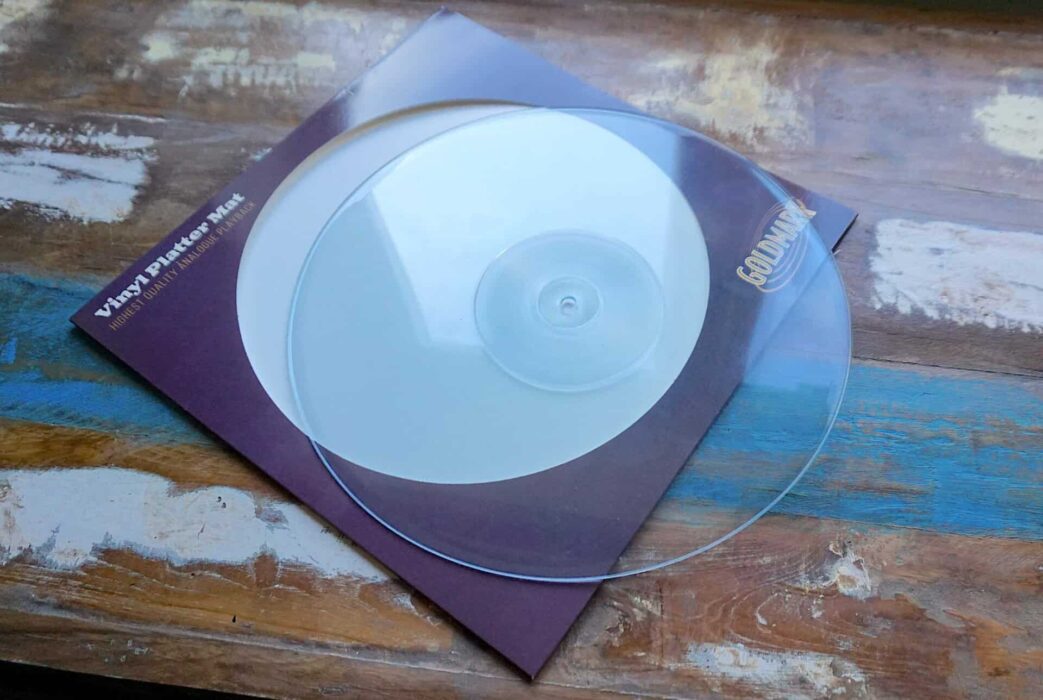
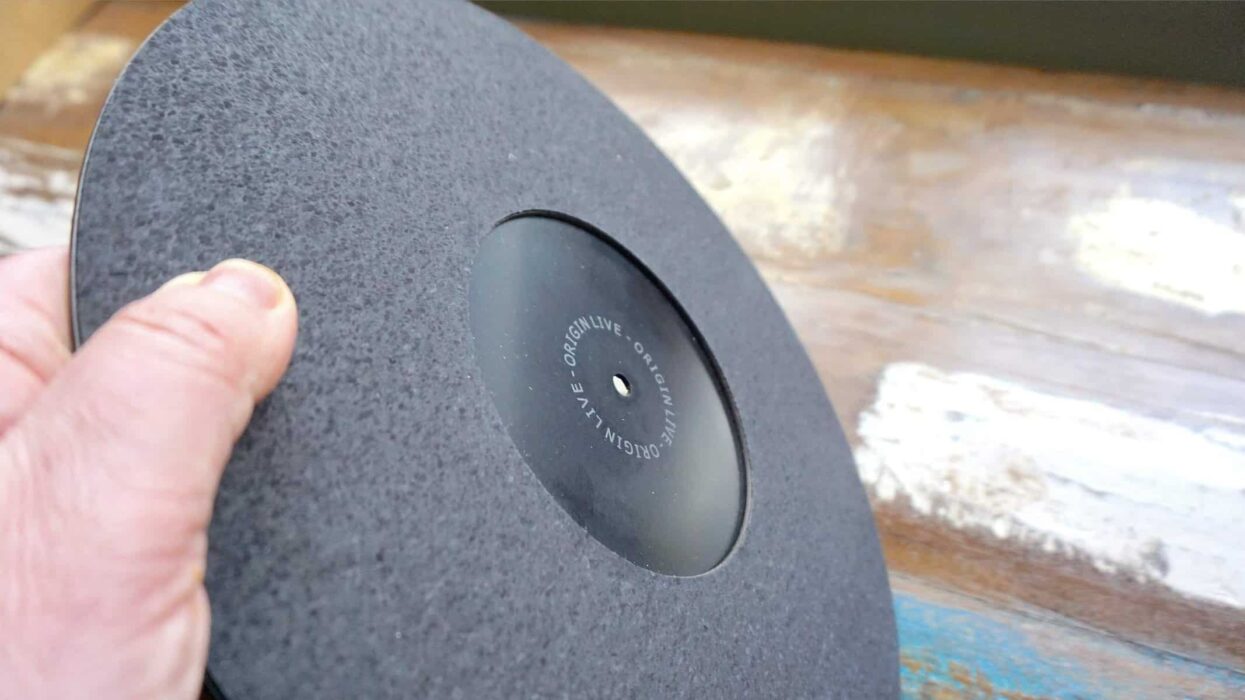
Where can I purchase the pm295?
Hi George – the Soundeck? Try here: https://soundeck.bigcartel.com